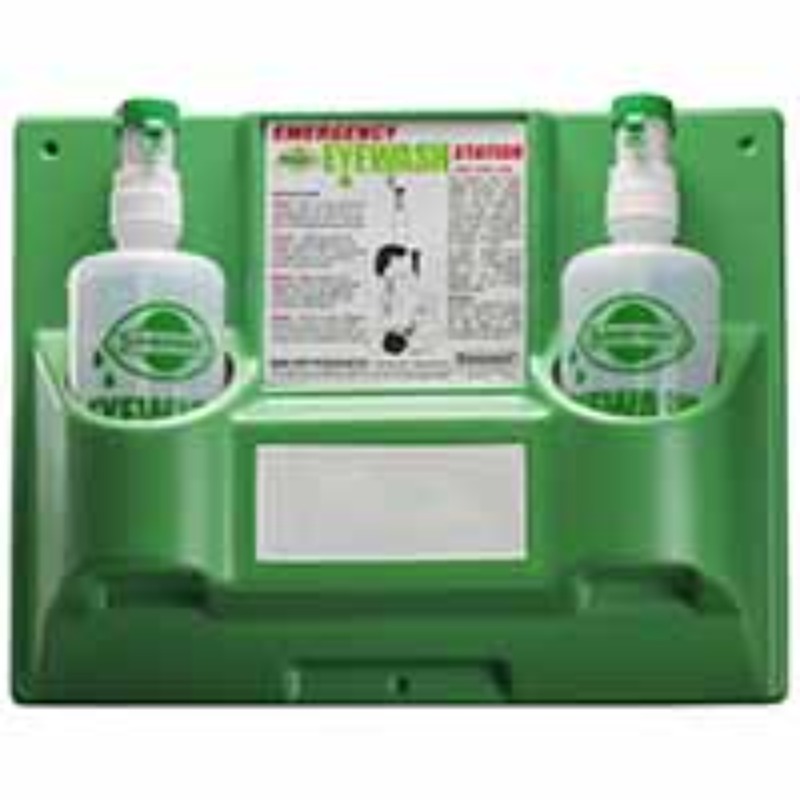Eye saline is typically a sterile, isotonic solution that closely matches the composition of natural tears. The chemical composition of eye saline may vary slightly among different products and manufacturers, but it generally consists of the following key components:
- Sodium Chloride (NaCl): Sodium chloride is the primary salt in eye saline solution. It helps to maintain the osmotic pressure of the solution, which is crucial for preventing discomfort or damage to the eye.
- Water (H2O): Water is the solvent in the solution and makes up the majority of its composition. It is responsible for rinsing and diluting contaminants from the eye.
- Preservatives: Some eye saline solutions may include preservatives to prevent microbial contamination after opening. Common preservatives in eye care products include benzalkonium chloride and disodium edetate.
Applications:
Eye saline found in a variety of settings, including:
- Industrial facilities
- Laboratories
- Chemical manufacturing plants
- Healthcare facilities
- Research laboratories
- Schools and educational institutions
- Any workplace where eye exposure hazards exist

Login To Comment